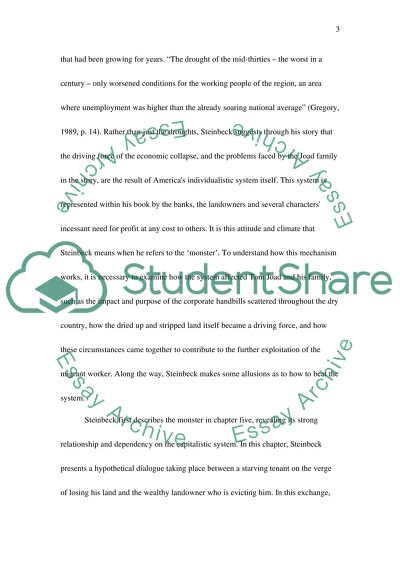Cite this document
(“Grapes of Wrath by John Steinbeck Research Paper”, n.d.)
Retrieved from https://studentshare.org/literature/1399515-grapes-of-wrath
Retrieved from https://studentshare.org/literature/1399515-grapes-of-wrath
(Grapes of Wrath by John Steinbeck Research Paper)
https://studentshare.org/literature/1399515-grapes-of-wrath.
https://studentshare.org/literature/1399515-grapes-of-wrath.
“Grapes of Wrath by John Steinbeck Research Paper”, n.d. https://studentshare.org/literature/1399515-grapes-of-wrath.


